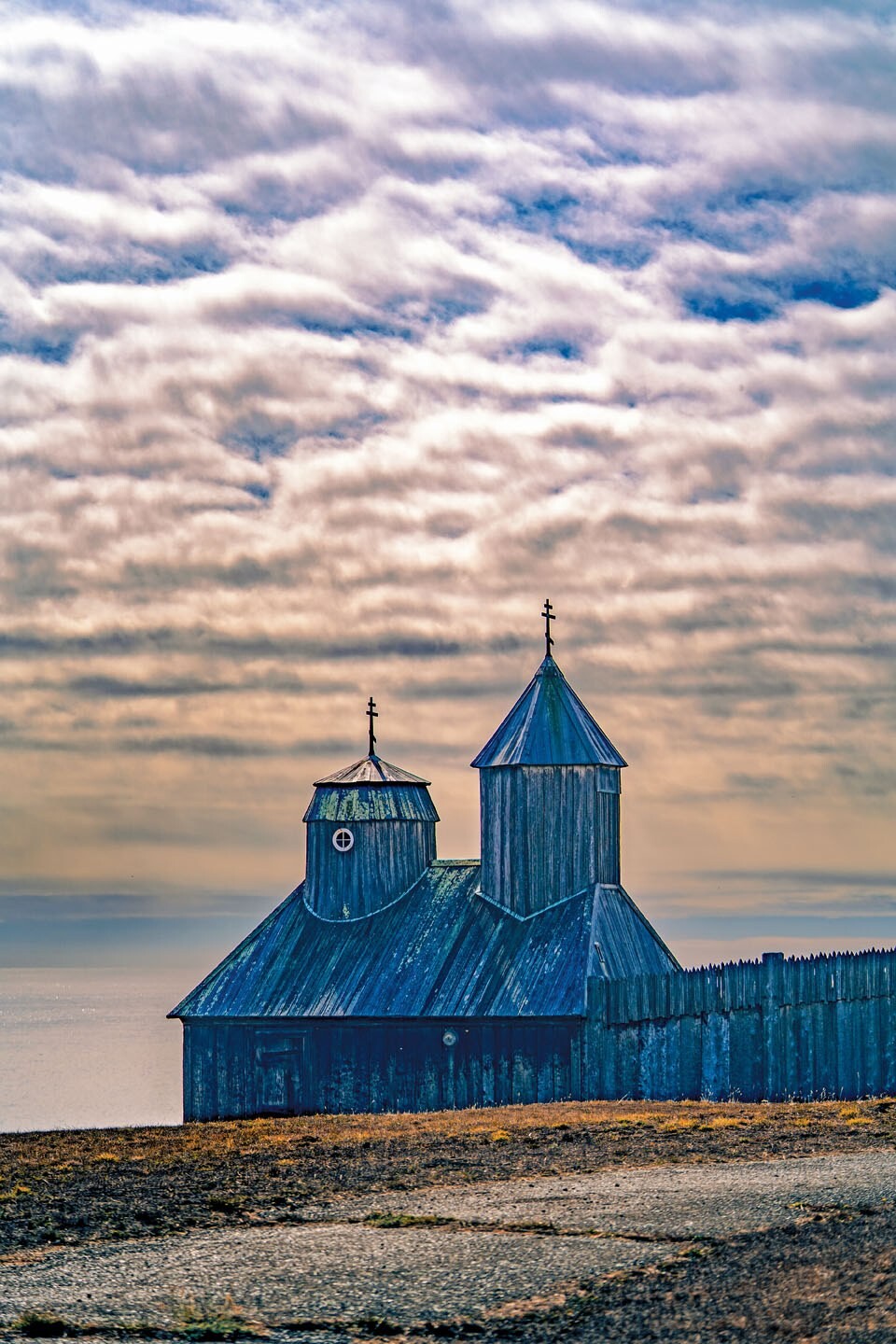In early March of 2020, I found myself living in a cabin nestled along a rushing mountain stream with soaring redwoods as a backdrop. Little did I know at the time that this would become my home for the next eight months. Luckily it was located on the Peter Michael Winery estate in Knights Valley, Sonoma County, which afforded ample space for long hikes up into the vineyards to explore one of the world’s most fascinating collections of terroirs.
When I was growing up, my parents were infinitely patient on family vacations when I requested stops along mountain highways so I could chip away at rock outcrops with my geologic hammer and bring home new specimens for an ever-growing rock collection. In college, I put that same hammer to use during six weeks of field mapping at a geologic field camp in central Utah. And this year I used it for smashing open rocks here at the Knights Valley, Oakville, and beautiful Seaview Estates. All three locations have distinctly different terroirs.






















